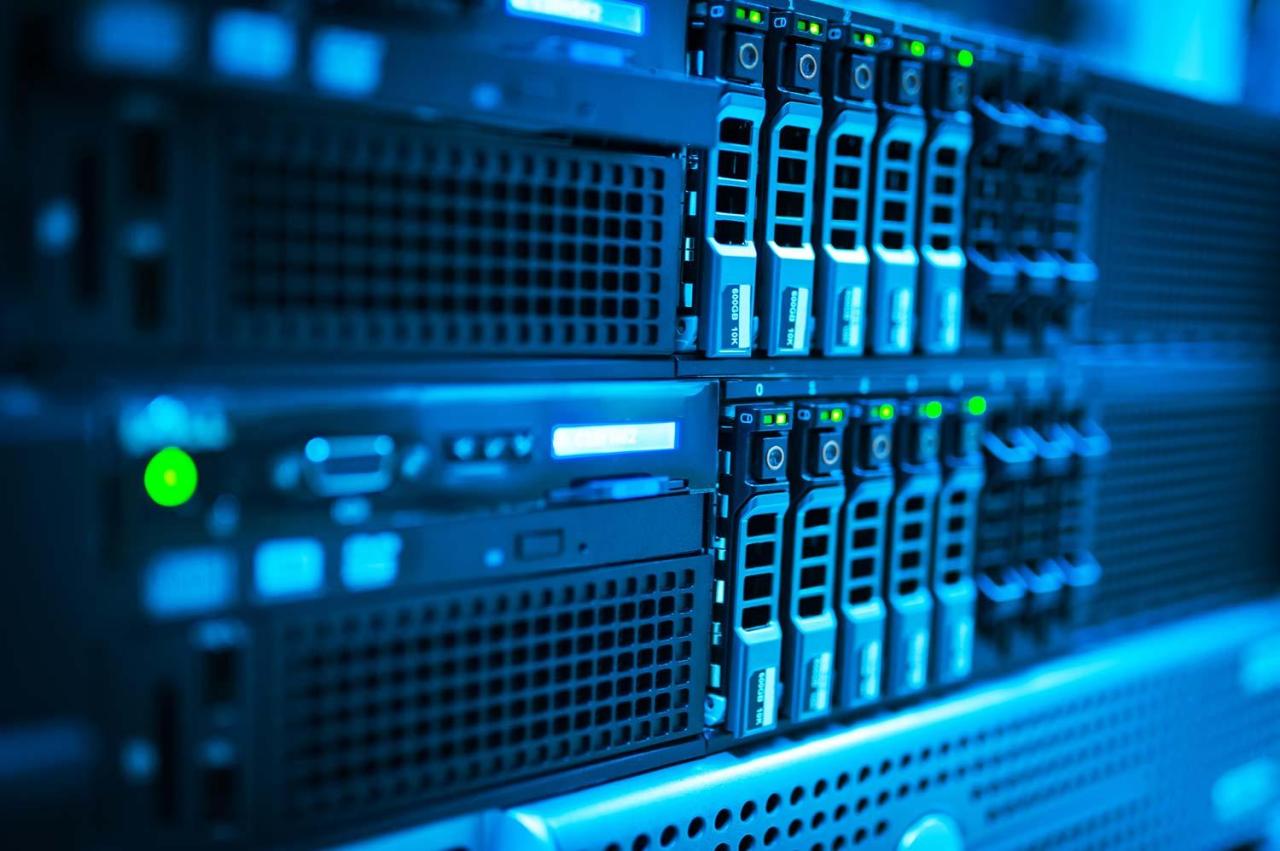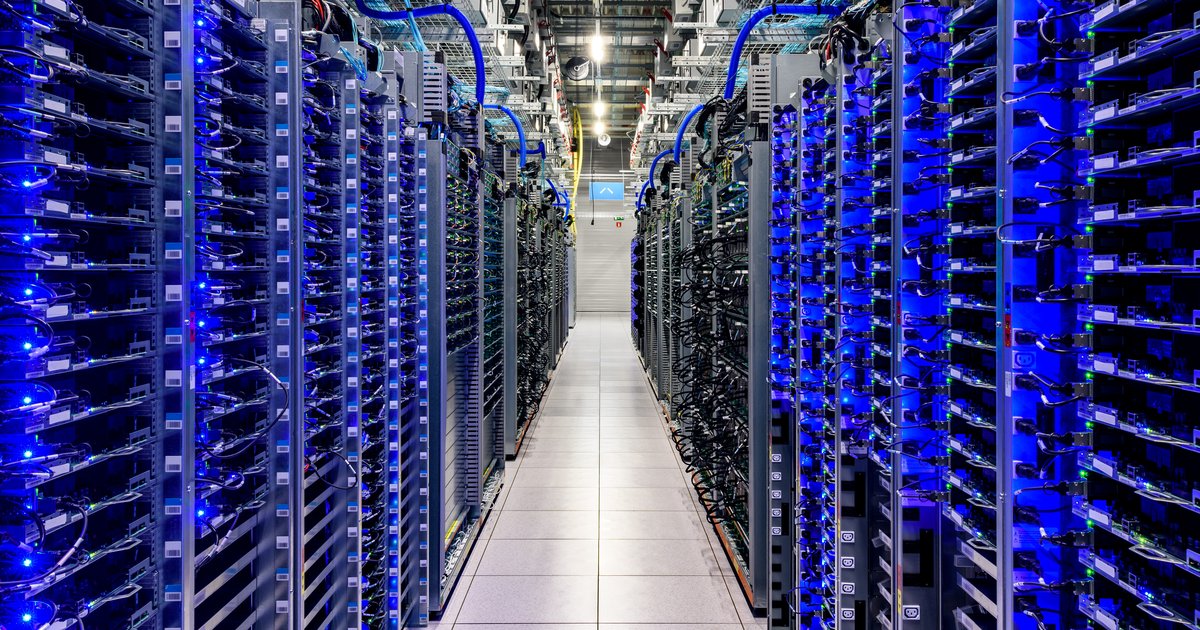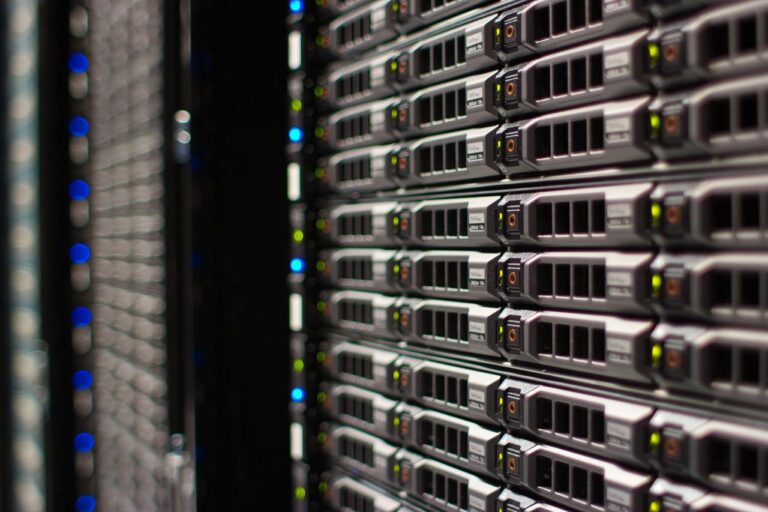The digital universe is expanding at an unimaginable pace, driven by everything from high-resolution content and pervasive IoT devices to the insatiable demands of artificial intelligence. At the heart of this expansion lies data, and with it, the critical need for robust, scalable, and intelligent storage infrastructure. We are not just talking about incremental improvements; a storage server revolution is coming, poised to fundamentally redefine how data is managed, accessed, and secured. This seismic shift is moving beyond traditional disk arrays to embrace entirely new architectures, technologies, and paradigms that will unlock unprecedented capabilities for businesses and individuals alike.
For decades, storage has been a critical but often overlooked component of the IT stack, seen as a necessary cost rather than a strategic asset. However, as data becomes the lifeblood of every enterprise, its efficient and intelligent management has ascended to paramount importance. The impending revolution in storage servers will address the escalating challenges of data volume, velocity, and variety, paving the way for a future where data is not just stored, but instantly available, intelligently processed, and inherently secure. This comprehensive exploration will delve into the drivers, technological breakthroughs, and profound implications of this transformative era for storage servers.
Why a Storage Revolution is Imperative

The current trajectory of data generation and consumption is simply unsustainable with existing storage paradigms. Several powerful forces are making a revolution not just desirable, but absolutely essential:
A. Explosive Data Growth: The world generates zettabytes of data annually, from streaming video and social media to scientific simulations, IoT sensors, and enterprise applications. Traditional storage systems struggle to keep pace with this exponential growth efficiently.
B. The AI and Machine Learning Imperative: AI workloads, particularly deep learning, demand massive datasets for training and rapid data access for inference. This requires storage that can deliver extreme throughput and low latency, far beyond conventional capabilities.
C. Real-time Analytics and Big Data: Businesses need instant insights from vast, complex datasets to make timely decisions. This necessitates storage architectures optimized for speed and parallel processing.
D. The Rise of Unstructured Data: A vast majority of new data is unstructured (videos, images, audio, documents), which is difficult to manage and analyze with traditional, structured database-centric storage.
E. Cost and Total Cost of Ownership (TCO): Storing ever-increasing volumes of data comes with escalating costs for hardware, power, cooling, and management. A revolution is needed to drive down the TCO of petabyte-scale storage.
F. Cybersecurity and Data Resilience: The threat of ransomware, data breaches, and accidental data loss demands storage systems that are inherently secure, highly resilient, and capable of rapid recovery.
G. Sustainability Concerns: The energy consumption of traditional large-scale storage arrays contributes significantly to the carbon footprint of data centers, necessitating more energy-efficient solutions.
The confluence of these factors demands a radical departure from the status quo, ushering in a transformative era for storage servers.
Architectural Shifts
The coming revolution will manifest in fundamental shifts in how storage servers are designed and interact with the broader IT ecosystem.
A. Software-Defined Storage (SDS) Dominance:
SDS decouples the storage hardware from the management software, allowing for greater flexibility, automation, and scalability.
- Abstraction and Virtualization: SDS abstracts the underlying physical storage resources (disks, arrays) into logical pools that can be provisioned and managed centrally, regardless of the underlying hardware vendor.
- Policy-Driven Automation: Storage policies (e.g., performance tiers, replication levels, data retention) are defined in software and automatically applied, simplifying management and ensuring compliance.
- Commodity Hardware Utilization: SDS enables the use of lower-cost, commodity server hardware and standard disks, significantly reducing CapEx compared to proprietary storage arrays.
- Benefits: Increased agility, reduced costs, enhanced scalability, and simplified management across diverse storage infrastructure.
B. NVMe-oF (NVMe over Fabrics) as the New Standard:
NVMe (Non-Volatile Memory Express) has revolutionized local flash storage, and NVMe-oF extends this performance across the network.
- Ultra-Low Latency and High Throughput: NVMe-oF allows servers to access remote NVMe SSDs directly over a network fabric (e.g., Fibre Channel, RoCE, TCP/IP) with latencies approaching those of local storage. This is a game-changer for performance-sensitive applications.
- Storage Disaggregation: Enables the complete decoupling of compute and storage resources. Storage servers can be built as vast pools of NVMe SSDs, accessed by any compute server in the data center with extremely low latency.
- Benefits: Eliminates storage bottlenecks, maximizes the performance of flash storage, provides unprecedented flexibility in resource allocation, and allows independent scaling of compute and storage.
C. Computational Storage:
Bringing processing power directly to where the data resides, minimizing data movement.
- Processing In-Situ: Instead of constantly moving massive datasets to the CPU for processing, computational storage drives (CSDs) or computational storage arrays (CSAs) perform operations like filtering, compression, encryption, or even AI inference directly on the storage device itself.
- Reduced Data Gravity: This dramatically reduces the amount of data that needs to be transferred across the network and to the CPU, saving energy, reducing latency, and freeing up valuable compute cycles.
- Benefits: Highly efficient for data-intensive workloads, particularly in big data analytics, AI, and large-scale search.
D. Object Storage Dominance for Unstructured Data:
While block and file storage remain important, object storage is becoming the primary architecture for vast amounts of unstructured data.
- Scalability to Exabytes: Object storage (e.g., Amazon S3, MinIO) is inherently designed for massive scale, supporting billions of objects and exabytes of data.
- Durability and Resilience: Offers extremely high data durability through replication and erasure coding across multiple nodes and locations.
- Cost-Effectiveness: Typically the most cost-effective storage tier for large volumes of unstructured data, backups, and archives.
- Metadata and Programmability: Rich metadata capabilities and API-driven access make it highly programmable and integrable with modern applications and analytics platforms.
- Hybrid Object Storage: Solutions that bridge on-premises object storage with cloud object storage for seamless data tiering and replication.
E. Memory-Centric Architectures and Persistent Memory (PMem):
Bridging the performance gap between volatile DRAM and persistent storage.
- Persistent Memory: Technologies like Intel Optane Persistent Memory offer a new tier of storage that sits between DRAM and SSDs. It provides RAM-like speed with data persistence, meaning data remains even after power loss.
- Accelerating In-Memory Databases: Dramatically speeds up applications that rely on large in-memory datasets (e.g., SAP HANA, financial analytics), reducing recovery times and improving performance.
- Closer to CPU: PMem is physically closer to the CPU than traditional storage, reducing latency for critical data access.
- Benefits: Transforms server design by reducing the need to constantly load data from slower storage, leading to faster application performance and lower latency.
Key Technologies Fueling the Revolution

The architectural shifts are powered by advancements in underlying hardware and software.
A. Advanced Flash Storage (NAND and Beyond):
- QLC and PLC NAND: Higher density NAND flash technologies (Quad-Level Cell and Penta-Level Cell) pack more bits per cell, reducing the cost per gigabyte of SSDs and enabling larger capacities.
- Next-Gen Non-Volatile Memory (NVM): Research into new NVM technologies beyond NAND (e.g., MRAM, ReRAM, 3D XPoint) promises even higher performance, greater endurance, and lower cost per bit, further blurring the lines between memory and storage.
- Computational Storage Drives: SSDs with integrated processors and memory capable of executing computations directly on the drive.
B. High-Bandwidth, Low-Latency Interconnects:
- PCIe Gen5/Gen6: The continuous evolution of the PCIe standard provides faster bandwidth for connecting NVMe SSDs and other components within a server.
- CXL (Compute Express Link): A new open industry standard interconnect for high-speed CPU-to-device and CPU-to-memory communication. CXL enables memory pooling, memory expansion, and efficient accelerator integration, critical for disaggregated architectures.
- Optical Networking: Photonics will become increasingly vital for creating ultra-high-speed, low-latency fabric interconnects that span entire data centers, enabling large-scale disaggregation.
C. Specialized Storage Processors and Controllers:
- SmartNICs / DPUs: Data Processing Units (DPUs) are evolving to offload storage-related tasks (e.g., encryption, deduplication, compression, RAID calculations) from the main server CPU, freeing up compute cycles for applications and improving storage efficiency.
- Custom ASICs for Storage: Specialized ASICs designed for specific storage operations (e.g., flash translation layers, erasure coding acceleration) will enhance performance and efficiency.
D. Containerization and Orchestration (Kubernetes):
- Persistent Storage for Containers: Kubernetes and its Container Storage Interface (CSI) enable consistent and portable management of persistent storage for containerized applications, bridging the gap between ephemeral containers and stateful data.
- Declarative Storage Management: Kubernetes allows defining storage requirements as code, automating provisioning, scaling, and recovery of storage volumes for applications.
E. AI and Machine Learning for Storage Management:
- Predictive Analytics: AI will analyze vast streams of storage performance metrics and logs to predict potential failures (e.g., drive degradation), anticipate capacity needs, and proactively optimize data placement.
- Automated Tiering and Data Placement: AI algorithms will intelligently move data between different storage tiers (hot, warm, cold) based on access patterns and cost criteria, maximizing performance and minimizing cost.
- Anomaly Detection: AI will identify unusual patterns in data access or storage usage that might indicate security breaches or operational issues.
A Transformed Data Landscape
The coming storage server revolution will have profound implications across all industries.
A. Unleashed Performance for Data-Intensive Workloads:
- Real-Time AI and Analytics: Enables training of larger AI models faster and provides ultra-low latency data access for real-time inference and analytics, transforming decision-making.
- Faster Application Response Times: Eliminates storage bottlenecks, leading to significantly snappier applications and improved user experiences.
- Accelerated Research: Speeds up scientific simulations, genomic analysis, and other data-intensive research, accelerating discovery.
B. Dramatic Cost Reduction (TCO):
- Lower Hardware Costs: Increased use of commodity hardware and highly efficient new technologies drives down the per-terabyte cost of storage.
- Reduced Power and Cooling: Energy-efficient components and architectures, especially computational storage, significantly lower operational expenditure.
- Optimal Resource Utilization: Disaggregated and composable storage allows for more precise resource provisioning, reducing wasted capacity.
C. Enhanced Data Resiliency and Security:
- Immutable Storage: Widespread adoption of immutable storage for backups and archives provides robust protection against ransomware and accidental deletion.
- Hardware-Level Security: Increased security features directly on the storage devices and controllers (e.g., hardware encryption, secure boot).
- Faster Recovery: Ultra-fast recovery capabilities from failures or cyberattacks due to optimized architectures and automated data management.
D. Simplified Management at Scale:
- Automated Operations: SDS and AI-driven management tools will automate most routine storage administration tasks, freeing up IT staff.
- Unified Control Planes: Single management interfaces will provide comprehensive visibility and control across hybrid and multi-cloud storage environments.
E. Enabling New Business Models and Innovations:
- Data as a Service: New business models will emerge, built around providing data and analytics as a service, powered by highly efficient and flexible storage.
- Edge Data Lakes: The ability to efficiently store and process vast amounts of data at the edge will enable new applications in autonomous systems, smart cities, and industrial IoT.
Challenges and Considerations
Despite the promise, the storage server revolution faces significant hurdles.
A. Complexity of Migration and Integration:
- Legacy Systems: Migrating existing massive datasets from legacy storage systems to new architectures is a complex, time-consuming, and risky undertaking.
- Interoperability: Ensuring seamless interoperability between diverse new storage technologies and existing IT infrastructure will be a challenge.
B. New Management Paradigms:
- Skill Gap: IT professionals will need to develop new skills in SDS, NVMe-oF, computational storage, and AI-driven storage management.
- Operational Maturity: Organizations will need to mature their operational processes to fully leverage the automation and flexibility offered by new storage architectures.
C. Security in a Disaggregated World:
- Extended Attack Surface: Disaggregating storage from compute creates new security considerations, requiring robust security across network fabrics and individual storage devices.
- Data Governance: Maintaining data governance and compliance across highly distributed and potentially multi-vendor storage environments is complex.
D. Cost of Early Adoption:
While TCO benefits are clear long-term, the initial investment in cutting-edge NVMe-oF, computational storage, or PMem technologies can be substantial.
E. Vendor Fragmentation and Standardization:
The rapid pace of innovation can lead to a fragmented vendor landscape. The development and widespread adoption of open standards will be crucial for interoperability and preventing vendor lock-in.
Conclusion
The storage server revolution coming is not a matter of if, but when and how quickly. Driven by the unrelenting deluge of data, the demands of AI, and the imperative for efficiency, the foundational architectures for managing data are being fundamentally reimagined. From the widespread dominance of software-defined storage and the lightning-fast capabilities of NVMe-oF to the intelligence of computational storage and memory-centric designs, the future of data management promises unprecedented performance, cost efficiency, and resilience. While the journey will be complex, requiring significant investment and a shift in mindset, the ultimate outcome is a digital landscape where data is no longer a burden but an instantly accessible, intelligently leveraged asset, fueling the next wave of innovation across every industry. The storage server is stepping out of the shadows to become a true leader in the digital age.



